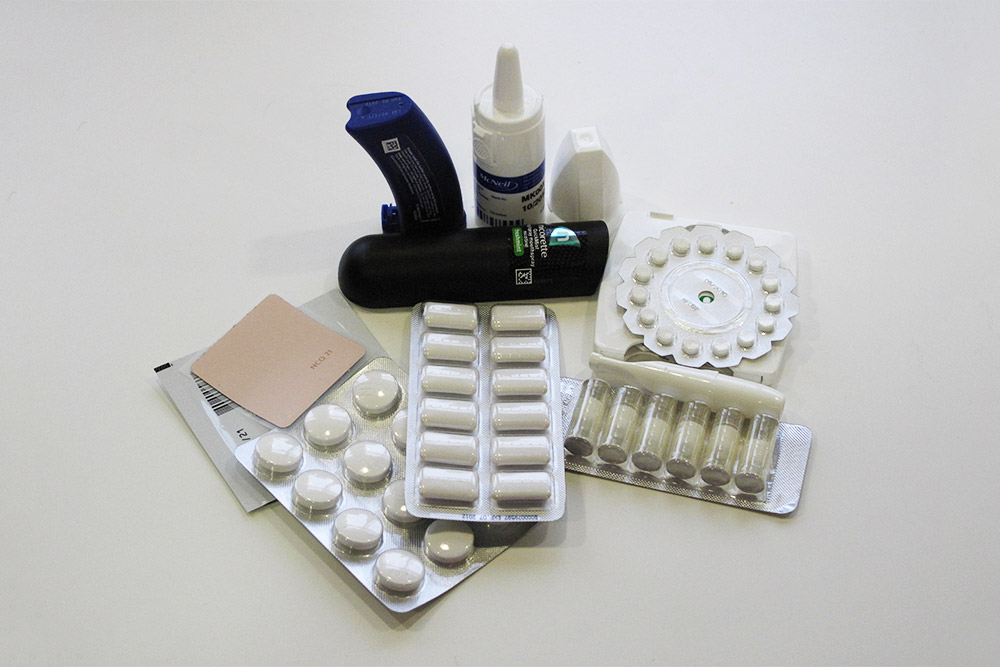Nicotine addiction remains a serious problem worldwide. While efforts have been made to reduce cigarette smoking through regulatory measures, millions continue to struggle with nicotine dependence. Nicotine replacement therapy (NRT) products have emerged as an important tool to help smokers quit.
Increase In NRT Product Availability
Over the past two decades, there has been a significant expansion in the availability of various NRT products globally. Originally consisting only of nicotine gum and patches, the Nicotine Replacement Therapy now features a diverse range of options including lozenges, inhalers, sublingual tablets and gum. These products deliver nicotine to the body in amounts lower than cigarettes to reduce cravings and withdrawal symptoms when trying to quit.
Most NRT products are now available over-the-counter in pharmacies without a prescription. This has made quitting smoking easier by allowing direct access to support tools. Many countries have also witnessed a reduction in the price of NRT products due to increased competition between manufacturers. Overall, greater availability and affordability have helped boost rates of NRT usage around the world.
Rise of Combination NRT
Combination NRT, which involves using two different product forms simultaneously (such as patches plus gum), has gained recognition as a highly effective smoking cessation aid. Multiple clinical trials have demonstrated that combination therapy nearly doubles quit rates compared to using a single NRT product. Regulators in the United States, United Kingdom and European Union now approve indication of combination NRT on product packaging. In the past couple of years, pre-packaged combination NRT kits containing gum/lozenges along with patches have entered international markets. This has simplified the process of using dual NRT therapy for smokers who want to maximize their chances of success.
Improving Public Awareness and Perception
When NRT was first introduced, public understanding and acceptance of it was limited due to safety concerns about nicotine’s addictive properties. However, educational campaigns by health organizations worldwide have significantly changed risk perception over time. It is now widely communicated that NRT products contain far lower nicotine levels than commercial cigarettes and carry a small fraction of the health risks when used as directed under medical supervision. As a result, stigma around NRT has reduced substantially among both smokers and non-smokers. Surveys show the number of people who recognize NRT as an effective quitting aid and recommend it has increased sharply compared to a decade ago. Governments too have played a role through pro-NRT mass media promotions and awareness drives. These efforts have helped establish NRT as a mainstream smoking cessation method.
Gaps in Low-Income Markets
While NRT access has proliferated in the developed world, significant shortcomings remain in addressing the needs of low and middle-income countries where the tobacco epidemic is gravest. In many African and Asian nations, NRT products are only available in major cities through specialty stores or private pharmacies, placing them out of reach for rural populations. Additionally, prevailing attitudes still view NRT negatively as a substitute for an existing addiction rather than a smoking cessation tool. Affordability also acts as a deterrent, with NRT costs being unaffordable for a majority of citizens in low-resource settings. As a result, reliable quitting support remains scarce where it is currently most required. International health organizations and pharmaceutical firms will need to explore innovative models to boost NRT distribution and promote grassroots acceptance in developing markets.
Country-Level Initiatives to Boost Coverage
Various nations have started implementing programs or adapting regulations to increase availability and use of clinically recommended forms of NRT among their citizens. Some notable examples include:
– The United Kingdom’s National Health Service now offers a 12-week supply of NRT patches or gum free of cost to help smokers quit as part of its “Stop Smoking Services”. Multiple refills are permitted if needed.
– Australia launched its “Quitline” telephone helpline in 1987 which provides free NRT products along with counseling to anyone seeking to stop smoking tobacco. This has become a blueprint for other countries.
– Under Canada’s Non-Smokers’ Health Act, public places, worksites and other venues must maintain dedicated smoking rooms equipped with approved NRT products if patrons or staff members wish to use them to relieve urges during smoke breaks.
– France, Belgium and Norway cover the full cost of prescription NRT through national health insurance schemes, making these therapies widely affordable as a means to enhance public health.
Such pragmatic policy level interventions demonstrate how higher NRT availability translates to greater chances of quit success at the population level. More widespread adoption of similar models may go a long way in curbing the demand for cigarettes globally.
The growing recognition and acceptance of nicotine replacement therapy has revolutionized the treatment landscape for nicotine dependence worldwide. While challenges remain, ongoing commitment to augmenting NRT access in resource-poor areas can significantly boost quit rates and move the world closer to tobacco-free realities. Continued innovation and consumer-centric solutions hold promise to maximize the potential of these lifesaving products.
*Note:
1. Source: Coherent Market Insights, Public sources, Desk research
2. We have leveraged AI tools to mine information and compile it.

